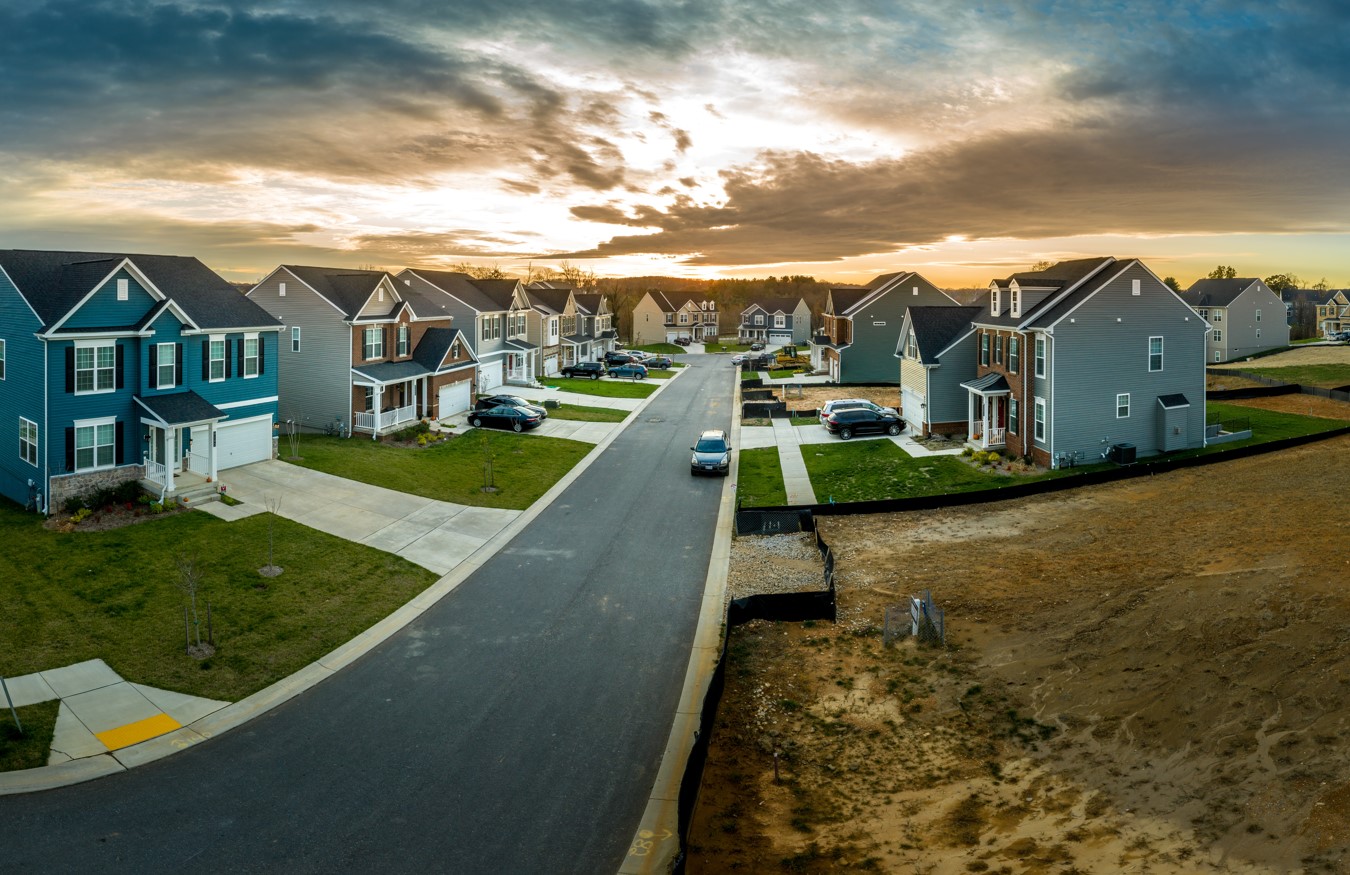
When many people initially look at wetlands, all they tend to see is an area that looks somewhat messy and disorganized. However, wetlands play a valuable role in the environment. Acting as habitats for plants and animals, they also serve as buffer areas during storms, helping to soak up excess precipitation to prevent flooding. Due to their importance, wetlands are often protected by very strict state and federal regulations. Yet despite this, you can still build communities in or near wetlands. If you’re wondering how and if it is worth the extra effort, here is what you should know.
Permits are Time-Consuming
When you are wanting to build in or near a wetland, the process of gathering permits for the project will be very time-consuming. With numerous regulations connected to these areas, it is not uncommon for you to spend several months or perhaps even a year getting approval for the necessary permits. Therefore, start this as early as possible. Otherwise, your project could be delayed.
Is It Really a Wetland?
In some instances where building projects are being done in or near a wetland, the question may arise as to whether or not the area is actually designated to be a wetland. Since typical examples of wetlands include swamps, bogs, and marshes, you will likely need to hire a certified wetlands consultant to conduct surveying and mapping in the area. If it is certified as a wetland, you should be able to eventually obtain your permits.
Plan for Mitigation
If your building project cannot avoid impacting the wetland, you will need to use dewatering pumps and take other steps to mitigate the anticipated impacts. One of the most common ways to mitigate your project’s impact on an existing wetland is to build a new wetland elsewhere on your property, or perhaps arrange to have one built on an adjacent property.
Potential Property Damage
If you do decide to build a community in a wetland, the dewatering pumps may be needed more than anyone ever hoped. Since wetlands act as nature’s sponges, meaning they absorb and then gradually release stormwater, this can result in homes or businesses built in the area suffering flood damage on a regular basis. In addition, the changing of the landscape by building in a wetland can cause homes or businesses downstream to begin experiencing flooding issues, even if they previously had no such problems.
Prior to building a community in a wetland, take these factors into consideration. Since there is the potential for property damage and a complex permit process, you may decide better building options exist.


